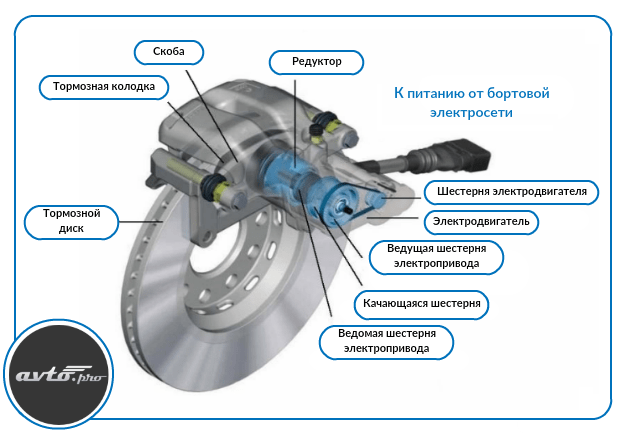
How long does the fuel return hose last?
Most older cars on the market have a carburetor to help disperse the needed fuel during the combustion process. While these carburetors are very reliable, there are a number of repair issues that can render them unusable. With all the different parts needed to run a carburetor, it can be a little tricky to keep track of them all. The fuel return hose is designed to drain excess gasoline from the carburetor and return it to the gas tank. For the most part, this hose is used all the time while the vehicle is running.
Hoses on a car can last anywhere from 10,000 to 50,000 miles given the conditions they are exposed to. Fuel return hoses help prevent carburetor flooding by removing excess fuel. These hoses also reduce fuel pump wear by reducing vapor lock. Like any other hose in your vehicle, over time the fuel return hose will need to be replaced due to wear and tear. Failure to act when a repair problem is discovered can lead to a number of additional problems. If you find that a problem exists, have the vehicle inspected by a specialist and, if necessary, replace the fuel return hose.
Normally this hose is not checked during scheduled maintenance. Taking the time to inspect the hose from time to time will help you spot problems and fix them before any real damage is done. The heat from the engine will eventually cause the rubber hose to dry out and break. If you start to notice that the hose has visible damage or cracks, then you will have to spend time making the right repairs.
Here are some of the other signs you may notice when it's time to replace the fuel return hose on your vehicle:
- Smell of gas from under the hood of the car
- Puddles of gasoline under the car
- The carburetor fills easily and does not hold the car
The urgent replacement of these lines is necessary to reduce the danger that a gas leak can bring. By letting professionals handle this type of work, you will reduce the likelihood of any further problems.
